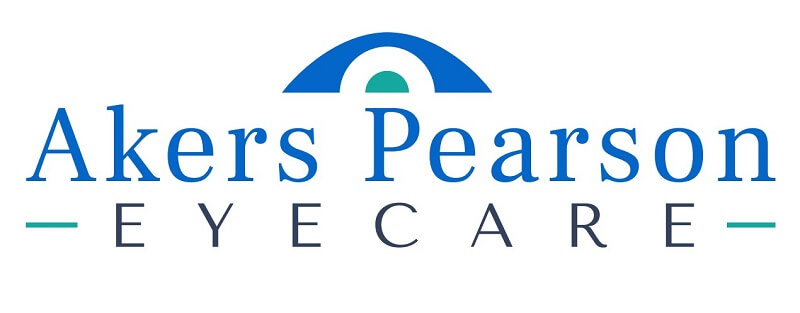Q: Why should I take an image of my retina during my eye exam?
A: A picture can say a 1000 words, and this saying holds true with the eye. There are many components of the eye, but one of the most important parts of the eye is the retina,which is located in the back of the eye behind the pupil and lens inside. The retina is responsible for converting light energy into chemical signals that are then transferred via the optic nerve to the brain, where that information is processed, resulting in our vision. There are no pain receptors within the retina, and so you will never feel any issues in the retina that may be life threatening, such as melanomas, and sight threatening, such as glaucoma or diabetic retinopathy. Changes within the retina can cause vision loss, therefore it is important for us to get imaging in the back of the eye so that we can check for any retinal disease, such as Macular Degeneration and Glaucoma, and so that we can establish a normal baseline so that we can monitor any changes more accurately. Dilations are also necessary for us to evaluate the back of the eye as well as imaging to ensure we have a complete overall sense of the eye.
Q: What are the advantages of daily disposable contact lenses?
A: There are two big benefits to daily disposable contact lenses. One is convenience. With dailies, there is no cleaning or storage, and no cost of lens cleaner. You just throw away the lenses after the day, and use a brand-new lens the next morning: nothing could be easier. The second benefit is comfort and health. Daily lenses tend to be more comfortable than monthlies, and also because they only stay in your eye for one day, there is no buildup of bacteria on the lenses that could cause infections or other problems. You also don't have to remember your replacement schedule and keep track of when to change your lenses: you have a new pair every day.
